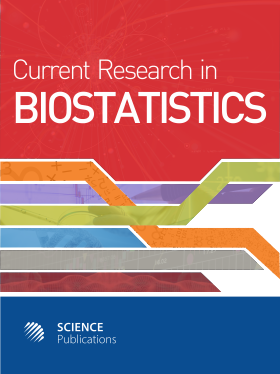Intercropping Agricultural Practices by Improving Maize Early Growth Process: A Bio-Statistical Approach
- 1 Biologiques Université Peleforo Gon Coulibaly, Cote D'Ivoire
- 2 Biologiques Université Peleforo Gon Coulibaly , Cote D'Ivoire
- 3 Biologiques Université Peleforo Gon Coulibaly, Cote D'Ivoire
- 4 Université Nangui Abrogoua, Cote D'Ivoire
Abstract
Fertile soil pressure represents a crucial concern vis-à-vis of agricultural crop yield improvement in several southern countries. Environmental concerns and soil low fertility as well as a rapid demographic development and as well intensive industrial exploitation with regard ground resource, drastically contribute in reducing agricultural land availability. We believe that multiple culture and/or intercropping experimentation designs, integration in southern countries agricultural practices, could partially overcame fertile soil pressure issues. The main types of intercropping include mixed intercropping, row intercropping and strip intercropping. Here we assessed maize/cowpea intercropping patterns as well as maize monoculture systems. For this purpose, experimental dispositive is as following; 5 parcels including sole maize plants, 5 parcels with alternation of maize and cowpea plots on the same row (strip intercropping) and 5 parcels including maize and cowpea alternation rows (row intercropping), by a computational statistical approach with the purpose to promote mixed crops practices in contrasting fertile soil availability concerns, optimizing maize plants growth process. Growth data (plant height and plant leave number) apropos 52 maize plants for each above described experimental sites were collected during 9 weeks and processed by own R script, including descriptive and analytical statistical surveys. Findings clearly shown a positive impact of intercropping practices in accelerating maize early growth process. Maize and cowpea rows intercropping exhibited a good performance in term of accelerating maize growth process as opposite to maize monoculture (p<0.03) and maize/cowpea strip intercropping parcels (p<0.001). This study highlighted the usefulness mixed cultures intercropping system based on maize/cowpea rows alternation planting pattern in improving maize early development and as well promoted experimental design as a valuable solution in agronomical research for contrasting agricultural concerns vis-à-vis of limited productive and as well low fertile ground resources.
DOI: https://doi.org/10.3844/amjbsp.2019.1.15

- 5,832 Views
- 2,978 Downloads
- 0 Citations
Download
Keywords
- Maize and Cowpea Intercropping Patterns
- Maize Monoculture
